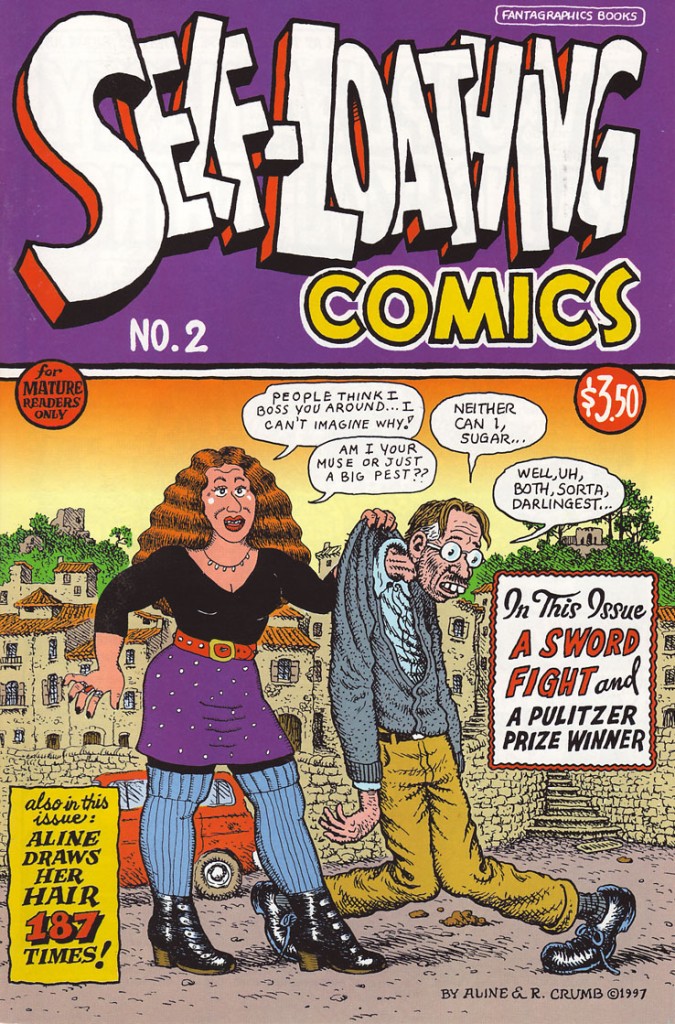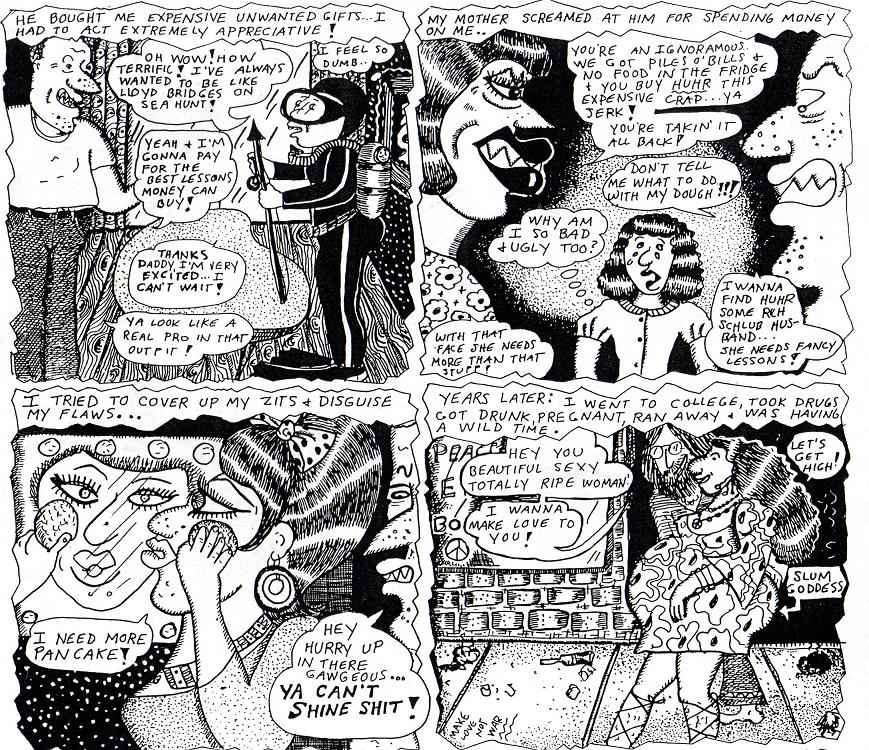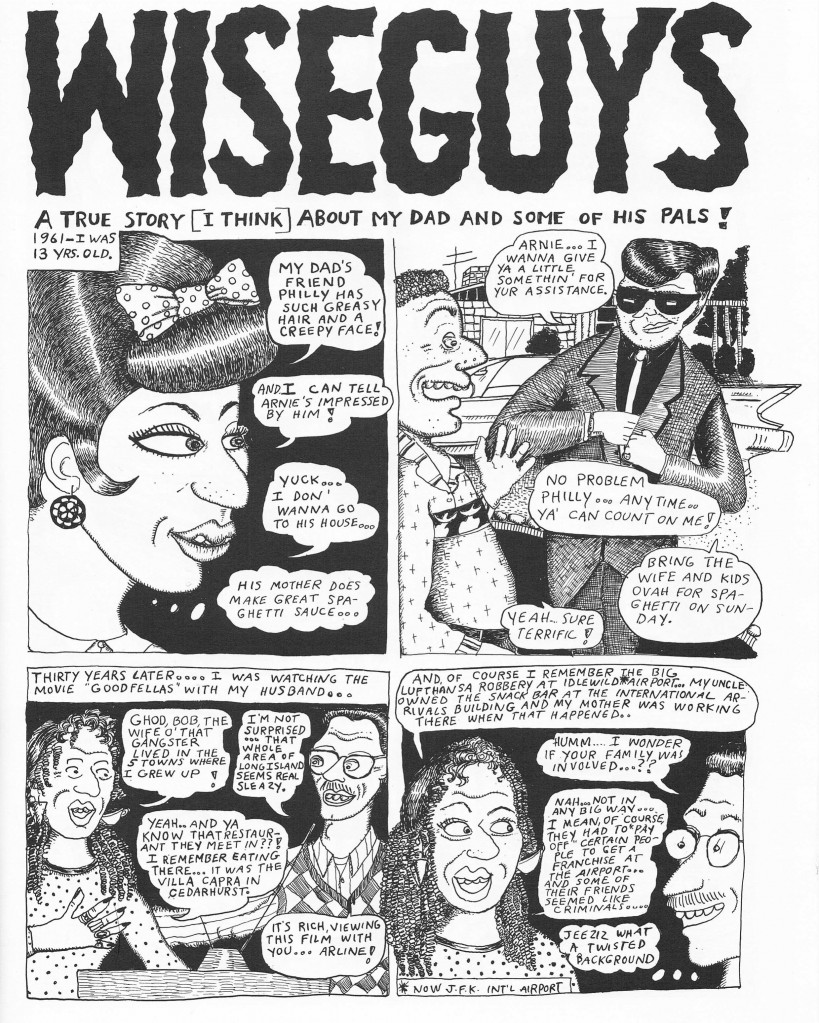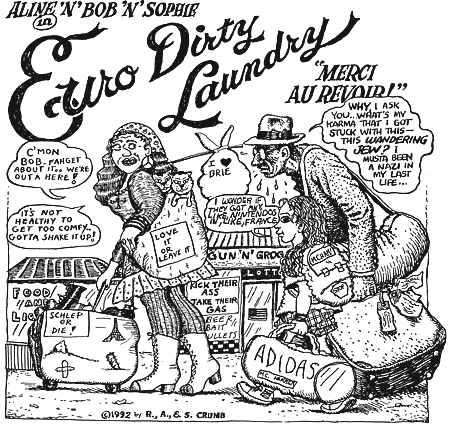So, is Christopher Hitchens correct in asserting than women are simply not as funny as men. Or is he falling into the gender trap and reinforcing the differences. Or are writers like Cynthia Fuchs Epstein hitting closer to home when they claim that the gender gap is largely a man-made creation, structural and though there are differences, these are greatly magnified , and importantly distorted beyond recognition.
That is, the gender stereotype can supercede a realistic analysis. There is an assumption at work, a framework that objectifies homogeneity inside gender groups and expands on fundamental differences between them that de-validates much of the research. Yet research also reveals that gender is not a black/white and unchanging category, but rather a varied dimension ; “gender” adjusts as social institutions shift, options are restructured, and beliefs about gender difference and gender-appropriate behavior are redefined. Stereotypic notions of masculinity and femininity typically depict only a small proportion of women and men, a kind of marketing ideal.
Statistical studies seem to show that women’s and men’s temperaments and personalities are quite overlapping . While there are small differences the takeaway is the significant variations within gender groups and much potential convergence between them. A lot of the so-called gender chasm is what Epstein terms “deceptive distinction”: using gender to achieve the desired effect of invidious comparison through class and race for example. What would Hitchens have said about Aline Kominsky and Robert Crumb? ….

---Slower to get it, more pleased when they do, and swift to locate the unfunny—for this we need the Stanford University School of Medicine? And remember, this is women when confronted with humor. Is it any wonder that they are backward in generating it? This is not to say that women are humorless, or cannot make great wits and comedians. And if they did not operate on the humor wavelength, there would be scant point in half killing oneself in the attempt to make them writhe and scream (uproariously). Wit, after all, is the unfailing symptom of intelligence. Men will laugh at almost anything, often precisely because it is—or they are—extremely stupid.--- Read More:http://www.vanityfair.com/culture/features/2007/01/hitchens200701 image:http://www.monova.org/torrent/2874387/_UCC__R_Crumb__amp_amp__A_Kominski_-_Dirty_Laundry__amp_amp__other_comics.html
…But Aline, a prolific and widely published artist in her own right, has often taken a back seat to Robert’s larger-than-life persona (many don’t even realize that much of Robert’s works are, in fact, collaborations). Now, at 58 years old, Aline is stepping into the spotlight and publishing her first solo book, Need More Love (MQ Publications, 2007), an autobiography chronicling her life–from an emotionally-anemic upbringing on Long Island with an abusive father and psychotic mother, to her countercultural 20s in a Greenwich Village feminist art collective, to her life today with Robert in the south of France….

Read More:http://jewishwomenincomix.blogspot.com/2011/06/1980s.html ---Aline Kominsky-Crumb mined her past again, showing how she had low self-esteem and self-image, yet still tried to be protective of her sensitive brother. ---
…I had read Robert’s work before I met him and I thought he was Jewish because he’s just so whiny. He’s such a kvetch. I grew up going to the Borscht Belt hotels in the Catskills and hearing famous Jewish comedians like Joey Bishop and Alan King and Jackie Mason–I was really familiar with that anecdotal, self-deprecating humor. So when I saw Robert’s comics, I thought, here is Jewish humor at its best. I assumed that Crumb was a name he made up for comics and his real name was Crumberg or something. When my grandparents met him, he wore a white shirt, a sports coat and a hat so they thought he was a rabbinical student. When we finally told them the truth, they were really disappointed. My grandmother tried to get him to convert for years. Robert seems to be somewhat of a Jewophile because I’m his second Jewish wife. He actually comes from a big, Minnesota farm family and they’re as white as can be. I think they came over on the Mayflower or something….

Read More: http://www.tcj.com/the-aline-kominsky-crumb-interview/ ---In some respects, Aline Kominsky-Crumb epitomizes the underground spirit. You want cruddy-looking, scrawled drawings? You want painfully honest self-revelations? Well, by God, from her very first strip onward (1972’s “Goldie, a Neurotic Woman”), Aline’s got it all. And while her art has gained in maturity and complexity since then, it has never renounced its essential cruddiness — or its scathing honesty.---
…can’t help it, you know? My best male friends are Jewish, but as far as attraction–forget it. Terry Zwigoff and I were really good friends. One time I was wearing a pair of leather pants and asked, ‘Terry, how do I look in these pants?’ He said, ‘You look like a couch.’ That’s typical of how I felt growing up in high school when Jewish boys were real snotty. They were these short, skinny boys who wanted little blond girls. Those boys all grown up still make me feel like a Jewish monster. Whereas when I’m with a goy, I feel exotic and sexy and voluptuous. The most popular girl in my high school was Peggy Lipton, the actress who was on “The Mod Squad” and “Twin Peaks.” She was Jewish, but she was tall with straight blond hair, and a thin, pug nose. I adored her. She had a brother who was my age. He was dumpy and curly-haired like the rest of us, and I would help him with his homework so I could go over to his house and see Peggy….

Read More:http://gmtplus9.blogspot.com/2007_03_01_archive.html ---One of the comic drawings included in the exhibition is the three page story Nose Job, 1989, a typically densely packed and tightly rendered drawing that is filled with the artist’s painfully humorous, self deprecating observations about the advantages a nose job might bring to a teenager growing up 'Jewish' on
g Island in the mid 1960’s. As Crumb says 'Just think... I could‘ve ended up looking like Marlo Thomas instead of Danny, if only I’d had a nose job.' Aline Kominsky Crumb has also been a longtime collaborator with her husband, famed cartoonist, Robert Crumb, on such comic classics as Dirty Laundry Comics, Weirdo magazine, where Ms. Crumb was also an editor, Self Loathing Comics, and their joint work for several years for The New Yorker."---
…The way you draw yourself and other women sometimes borders on the grotesque.
I used to keep notebooks of drawings of people on the street–these disastrous looks, strange body shapes and disgusting makeup. I started doing that in the ’50s and early ’60s when people wore bubble hairdos and white lipstick and go-go boots. Then when the ’60s came in, everything became natural, I stopped setting my hair on orange juice cans and putting Dippity-doo on my bangs and gluing them to my forehead with Scotch tape. I saw Joan Baez and Judy Collins and I realized there was a way for me to be myself. It was an incredible salvation for me. The natural Jewish thing became sort of okay and guys started finding me attractive, too.
I notice you are wearing a pendant of the Virgin Mary right now.
I am basically a pagan. I’m wearing the Virgin because to me, she is a benign, protecting image–the female goddess Mother Nature. In my house I have a shrine that has something from every single religion. But all that voodoo stuff–the evil eye, the mezuzah, the dripping Virgins–is so absurd. The Virgin pulling her chest open looks just like someone spreading her vagina apart–very obscene and vulnerable. When I was in Chicago for Robert’s book tour a couple years ago, someone gave me these salt-and-pepper shakers that are called the ‘vagina Virgins.’ They look like Virgins from a distance but they’re actually vaginas. In terms of organized religion, I’m basically completely against any narrow type of worship that encourages intolerance and imagines the world as a battle of ‘them against us.’ That includes Orthodox Judaism in its extreme form, Arab fundamentalists, born-again Christians–all of those people I fear very much….

Read More: https://artbarrage.com/scene/?p=101 ---comic spreads tied together by the theme of sex and relationships line the walls. Comic royalty (by marriage) Aline Kominsky-Crumb assumes a primary position in this gallery as one of the women who, though responsible for writing what is now considered the history of indie comic books, was unceremoniously written out of that very history. “Wise Guys”, first published as a part of colleague Diane Noomin’s anthology, Twisted Sisters 2: Drawing the Line in 1995, reveals a farcical rendition of Kominsky-Crumb’s childhood in the Five Towns area of New York’s Long Island. True to Aretha Franklin’s boisterous assertion that “Sisters are Doin’ It for Themselves”, Kominsky-Crumb audaciously depicts her otherwise beautiful face with grotesque and exaggerated features that have attracted accusations of anti-Semitism and disapproval. In her defence, the artist acknowledges that she purposefully aims to deconstruct the mystic and romanticism related to womanhood. For Kominsky-Crumb, vulgarity and exposition is a satisfying way for her to dissect the suburban quotidian in which she grew up. ---
…He draws and writes his own stuff and I draw and write my own stuff, so it becomes a George Burns/Gracie Allen kind of comedy bit. As far as I know, we’re the only couple that’s done that in the history of comics. But a lot of people think Robert draws all of our New Yorker strips. I’ve had people come up to me and say, ‘Why does your husband draw you so ugly in The New Yorker?’ I say, ‘No, actually… that was me drawing myself.’ Some people can’t even tell the difference. I can now claim that yes, I worked for The New Yorker and that impresses people. But, how much more acceptance can I get when a lot of people don’t even realize I draw any of it? That’s the price that I pay for being married to somebody working in the same field who’s much more famous than I am. It’s a very strange mixed bag. My experience in this respect was part of my motivation for writing my book, Need More Love. I decided that at my age, I’m ready to put my voice out there completely independently….Read More:http://www.interfaithfamily.com/arts_and_entertainment/popular_culture/Drawn_Together_R_Crumbs_Beloved_Aline_Kominsky.shtml
ADDENDUM:
We are definitely soul mates; we were lucky to find each other. I think we’ve really parented and nurtured each other. Robert has always been my biggest fan. He has always encouraged me as an artist and he laughs at my jokes harder than anybody. That’s why I’ve continued to work all these years even though I’ve had very little public acceptance and I never make any money. He has never been monogamous, but because I’ve always felt that he’d never leave me and was ultimately completely loyal to me, I’ve been able to incorporate that into my life. In the beginning it was hard, but I eventually expanded and had other relationships as well. Our marriage is unique and very odd. I wouldn’t necessarily recommend it to other people, but it does work for us. Read More:http://www.interfaithfamily.com/arts_and_entertainment
/popular_culture/Drawn_Together_R_Crumbs_Beloved_Aline_Kominsky.shtml
———————————–
…that ”men are from Mars and women are from Venus” or that men and women ”just don’t understand” each other (the subjects of two best sellers) have become the established common sense, offered in bedrooms, boardrooms and seminar rooms to explain everything from career choice to marital infidelity. Cathy Young, a writer with the Cato Institute, observes in ”Ceasefire!” that the new insistence on sexual differences, paradoxically asserted at a time when equality between the sexes has never been closer, has created new inequalities.
Young says that rhetoric supporting better treatment of women in the home, the workplace and the courts and rhetoric asserting support of family values are based on what sociologists call a ”difference model,” which may disadvantage men as well as harm women. In a critical analysis of difference ideology in scholarship and in women’s and men’s political movements, Young argues that there is little basis for the ”separate mentality” approach. She dissects the claims of scholars advocating ”difference feminism” by analyzing their logic and data, and shows, for example, how Carol Gilligan’s premise that women speak ”in a different voice” (the title of her best seller) and hold to an ethic of caring while men are concerned with abstract notions of justice does not hold up when tested. She also takes on evolutionary psychologists like David Buss and Robert Wright, who claim that sex differences are a product of natural selection (for example, that men are less faithful in marriage than women because they practice different ”strategies” for reproduction), arguing that fidelity for both sexes varies with opportunity and cultural attitudes.
Young rightly points out that women have been ill served by the insistence on sexual difference in the past; and her view that men are disadvantaged as well is insightful. She shows how the rhetoric of advocates like Catharine MacKinnon and Andrea Dworkin, accusing all men of oppression and domination in daily life (”systematic terrorism ‘perpetrated by the gender class men on the gender class women’ ”) is as unjust as the assertions that women are always passive victims. She further maintains that those who are concerned about domestic violence and workplace discrimination only if it is committed by men have reversed the pendulum of injustice. Read More:http://www.nytimes.com/books/99/04/11/reviews/990411.11epsteit.html









 COMMENTS
COMMENTS



